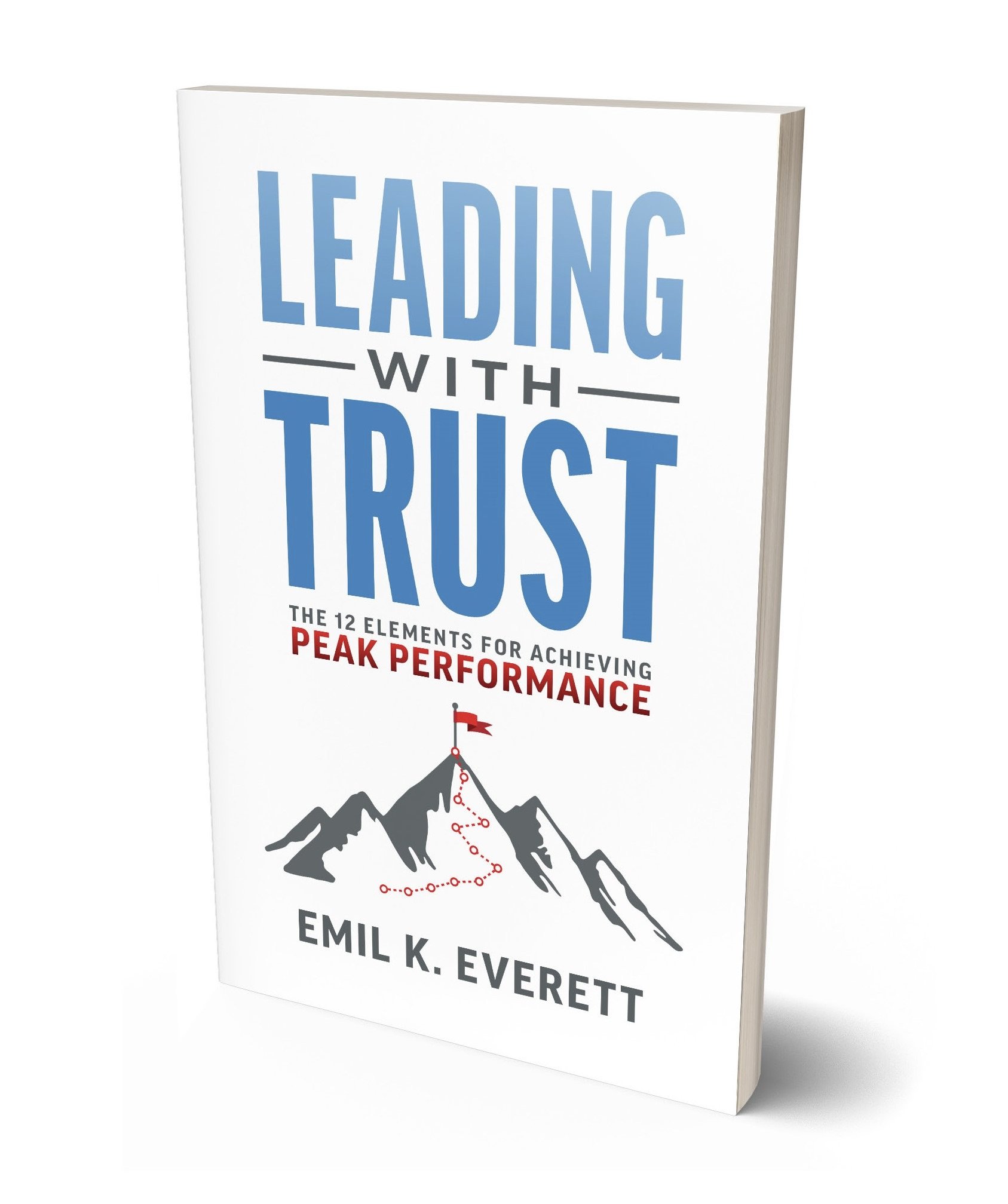Reducing Unnecessary and Unproductive Meetings
Meetings are integral to any organization's workflow, facilitating communication, collaboration, and decision-making. However, not all meetings are necessary, and an overabundance of them can lead to wasted time and reduced productivity. As a leader, it is crucial to discern when a meeting is genuinely needed. Here’s a quick guide to help you evaluate the necessity of a meeting, ensuring that every session you call adds value to your team and organization.
What is the primary purpose of this meeting? Start by defining why you need the meeting. Clarify the main reason and focus on the specific outcomes you wish to achieve. This clarity will help you determine if the meeting is the best way to reach your goals.
What specific outcomes or decisions do I want to achieve by the end of the meeting? Having clear objectives ensures that the meeting has direction and purpose. It also allows participants to prepare appropriately and contribute effectively.
Can the information be shared via email or a memo instead? Consider whether the content can be efficiently communicated in writing. Emails, memos, and reports can often replace meetings, saving time for everyone involved.
Can this discussion happen over a phone call or a video call instead? Phone calls or video conferences can be more efficient than in-person meetings for quick discussions or updates, especially when dealing with remote team members.
Do I have all the necessary information and materials to share with the participants? Proper preparation is critical to a successful meeting. Ensure you have all relevant data and documents ready beforehand to avoid wasting time.
Have I clearly defined the agenda for the meeting? An agenda provides structure and keeps the meeting focused. Share it with participants in advance so they know what to expect and can prepare accordingly.
Who absolutely needs to be in this meeting to achieve the objectives? Only invite essential participants whose input is necessary for the meeting’s goals. This keeps the meeting concise and respects everyone’s time.
Can some participants be informed via follow-up communication instead? Not everyone needs to be present at every meeting. Determine if some individuals can be briefed later through follow-up communications.
Is this the right time to hold the meeting, or should it be scheduled after specific tasks or information are available? Timing is crucial. Ensure the meeting is held at a time when it will be most productive and when all necessary information is available.
How long should the meeting last to cover the agenda effectively without wasting time? Set a time limit to keep the meeting concise and focused. Stick to the agenda to avoid unnecessary extensions.
Will the meeting add value to the participants and the project or topic? Ensure that the meeting will provide tangible benefits to the participants and contribute positively to the discussed project or topic.
What are the potential consequences of not having this meeting? Consider the impact of not holding the meeting. If the consequences are minimal, it may indicate that the meeting is not essential.
Will the participants have enough time to prepare for the meeting? Give participants ample time to prepare so they can contribute effectively. Last-minute meetings can lead to unproductive discussions.
Will the meeting allow for meaningful participation and input from all attendees? Ensure that the meeting format allows everyone to participate and share their insights. This fosters collaboration and better decision-making.
What next steps and follow-up actions will be needed after the meeting? Identify the follow-up actions that will result from the meeting. Clear next steps ensure that decisions made during the meeting are implemented.
How will I ensure that the decisions and actions from the meeting are implemented? Assign responsibilities and deadlines to ensure the completion of follow-up actions. This accountability keeps the momentum going after the meeting.
Has this topic been discussed in previous meetings, and can those notes be used instead of holding another meeting? Review past meeting notes to avoid redundant discussions. Use existing information to inform your current decisions.
Are there regular updates or meetings scheduled that can cover this topic? If regular meetings exist, consider adding the topic to an existing agenda rather than planning a new meeting.
Is this meeting necessary, or can it be postponed or combined with another meeting? Evaluate the urgency and necessity of the meeting. Postpone or combine it with another meeting if it’s not immediately essential.
What critical issue or problem will be resolved by having this meeting? Focus on resolving specific issues or problems. If the meeting doesn’t address a vital need, reconsider its necessity.
By asking these questions before calling a meeting, leaders can ensure that every meeting is purposeful, efficient, and adds value. Reducing unnecessary meetings saves time and enhances productivity and team morale. Embrace this protocol to streamline your meeting schedule and foster a more focused and effective work environment.

